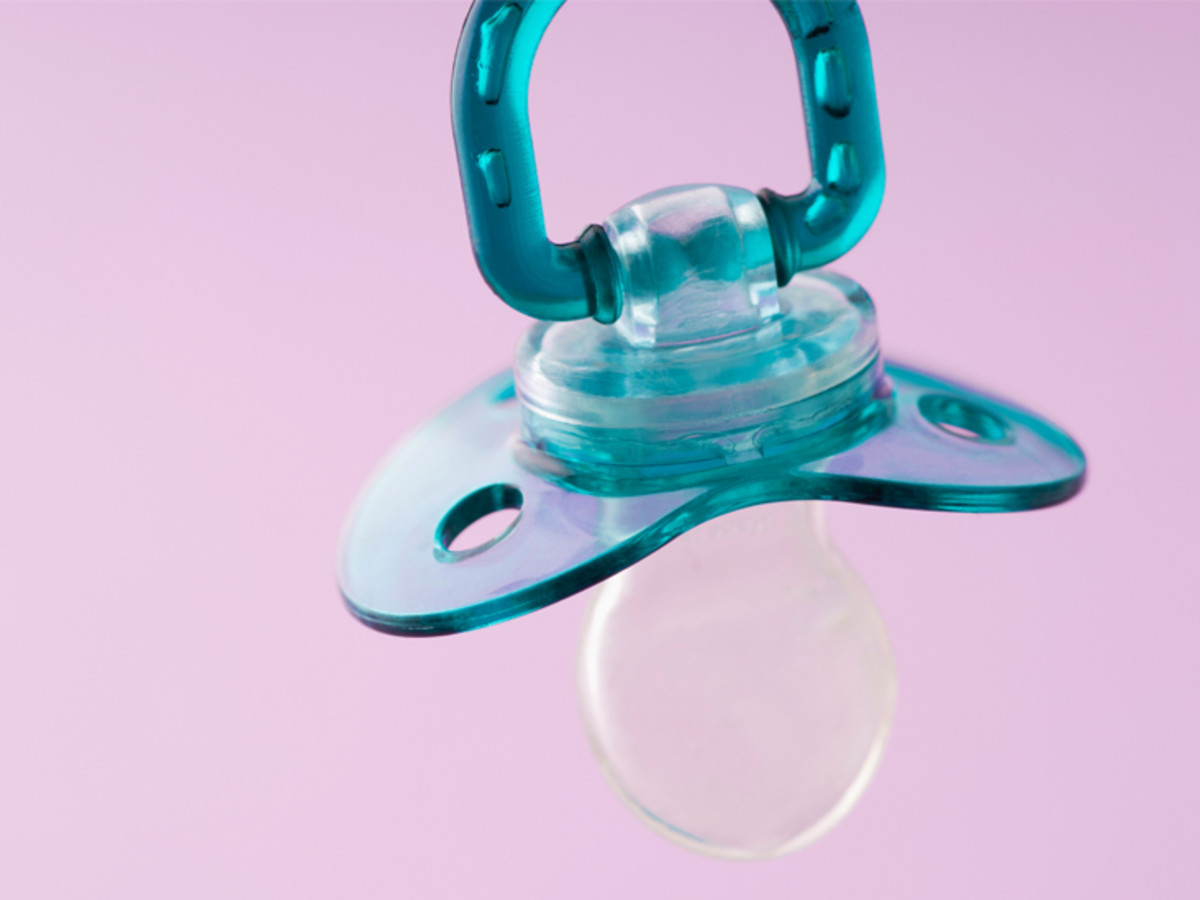The Beginners Guide to Babies: Breast or Bottle?

Before delivering baby, an important consideration is how to feed it once it gets here. There are basically two options. Breast feeding and bottle feeding.
After having eight kids, and trying both, I can give you some of the good, bad and ugly of breast feeding and bottle feeding. In any case, only you can choose what is best for your family. Don't be bullied, cajoled, harassed or threatened to do anything you don't want. There are benefits and drawbacks to either method, and nothing works perfectly. Do what is best for your health, and the health of your baby.
Pros and Cons of Breast Feeding
Most doctors, baby experts and child development specialists agree that breast feeding is the best choice for newborn babies. It is recommended that a baby be breast fed until at least six months old, in order for it to enjoy the many benefits of mothers milk.
Breast milk is perfectly formulated for your growing baby. From the colostrum your body produces before your baby is born, to the milk that changes as your baby grows, breast milk provides nutrients and antibodies perfectly designed for your baby. Colostrum begins to form in the breasts before delivery. You might notice a yellowish discharge from your nipples during your last month of pregnancy. Colostrum provides essential antibodies for a newborn baby. Although it is not milk, it does provide adequate nutrition for the first few days of life. It is packed with vitamins and provides immunity for baby's developing system.
After about three days, you milk will arrive. Your breasts may become engorged. As you and your baby develop a routine, your milk will let down at regular intervals, as your body adapts to the new routine. Your milk will also let down when your baby cries. Your milk may also let down when someone else's baby cries. Your milk may sometimes let down when you are sexually aroused. Although breast feeding itself is not arousing, during pillow time with your husband, it sometimes happens. This could be considered a drawback.
Breast feeding releases oxytocin into the body. This increased presence of this chemical from breast feeding helps the postpartum uterus contract more quickly, leading to less postpartum bleeding. The increase in oxytocin in the bloodstream also creates lower stress levels in the mother, reducing the severity and duration of postpartum depression. In addition, breast feeding is thought to protect mothers against breast and uterine cancer, as well as osteoporosis. Additionally, breast feeding burns a lot of calories, so baby weight can come off faster. This is of course, hypothetical. It depends on how many extra calories you consume, or forgo, it just sounds like a good benefit.
There are many health factors to consider, when choosing to breast feed. You baby has a reduced risk of constipation, colic and stomach upset when breast fed. This assumes, of course, that you didn't eat a spicy meal just before feeding time. In which case, breast feeding may cause upset stomach.
Other benefits for your baby include, fewer ear infections, less diarrhea, protection against food and respiratory allergies later in life and higher IQ. Because breast milk contains less insulin than formula, there is also a chance that your baby will be less likely to be obese, or suffer from diabetes.
Breast feeding is convenient, easy, and inexpensive. It is perfectly formulated to nurture your baby as it develops and changes. I would recommend trying it, at least for a few months, to give your baby a headstart.
Bottle Feeding Pros and Cons
I had just turned eighteen, when I gave birth to my oldest daughter. My body ached in strange places, and in my arms lay a tiny human. I had no idea what to do with her. Back then, the nurses kindly took her out of my room, so I could rest. She was born in the afternoon, and I slept deeply that first night, a combination of exhaustion, pain killers and fear. In the morning, the nurses brought her back into the room, sleeping. She lay in her bassinet, contentedly sleeping, and the nurse told me she had been fed. Before leaving for home, a lactation consultant came in to show me how to breast feed. Waking baby, she handed her to me, then tried to explain the proper way to hold her, and to get her to latch on. Having my breasts exposed to strangers again, was more humiliation than I could bear. Embarrassed, I covered myself and told her I would just stick with the bottle.
Bottle feeding , while not optimal, is nothing to be ashamed about doing. You should not feel the need to explain to family members why you have made this choice. Bottle feeding offers freedom and flexibility, which are necessary for working moms. In addition, bottle feeding allows dad and other family members to take part in feeding and bonding with a new baby.
Infant formula provides excellent nutrition for developing babies. It is available in a variety of forms, from dry powder that you mix with water, to a liquid concentrate that you dilute with water, to ready to use formula that goes directly into the bottle. Powder formula is least expensive, and all provide exactly what your baby needs. It is important not to feed a baby cow's milk during the first year of life. Cow's milk is much harder for infants to digest, and giving it to them too early may lead to digestive problems later in life. Infant formula digests slower than breast milk, which may mean fewer feedings, and more sleep for baby, and mom.
Bottle feeding is convenient in public places. You don't have to worry about isolating yourself so you can feed baby. It is also more comfortable. Once your milk dries up, you no longer have to worry about leaky breasts, or engorgement. Another convenience is that mom does not need to closely monitor her diet when bottle feeding.
One draw back to bottles: Don't leave a mixed bottle in a warm car. You will not come back to warm formula. You will come back to a sour, lumpy concoction. If your bottle is opaque, you may not notice, until your baby begins to cry and spit the bottle out. When you taste it, you will gag, and apologize. Listen to the voice of experience!
While breast feeding offers many benefits for both mother and baby, feeding your child is a personal matter. Only you can decide what works best for your family. In the end, how you feed your child doesn't matter as much as how much you love him or her. Being a loving parent is the best gift you can give.









